How To Angle Your Camera When Streaming To Look Smaller
Photography isn't all almost who has the latest, virtually expensive camera. It'south each person'south unique center that makes the medium so captivating.
Photographs go beyond dazzler – in the hands of a talented epitome-maker, a photograph can evoke thought and emotion. All the same, feelings aren't dictated by subject field matter alone. The near successful photographers carefully consider how a technique tin can strengthen the narrative that they're trying to build. Ane of the virtually effective means to do so is to be cognizant of your camera angles.
What exactly does the term "camera angle" refer to? In short, the term describes the location of your photographic camera'due south lens in relation to its subject. Camera angles straight impact the aesthetic and composition of an image. However, they as well hold significant psychological leverage over a viewer. In the post-obit segments, we'll get over some of the almost common camera angles and how you can use them to strengthen your shots.
7 Powerful Camera Angles Explained
- Bird'due south Eye View / High Camera Angles
- Shooting from Beneath / Low Camera Angles
- Looking Straight On / Point-of-View
- Working from the Side
- Wide Angles Views
- Close Ups Shots
- Tilted Angles
1. Bird'due south Eye View / High Camera Angles
But as the name implies, shooting from a bird'south eye view forces viewers to "wait downwards" on a subject. Because of this, dramatically loftier angles tin convey a sense of freedom or omnipotence. From loftier up, information technology's possible to capture an expansive area in a small field of view, which makes the world itself seem quite small.
Shooting from a high vantage point can sometimes provide a dramatically different view of a subject. At times, the subject area may even appear to be abstracted, bringing textures, colors, and patterns to the forefront of our attention.
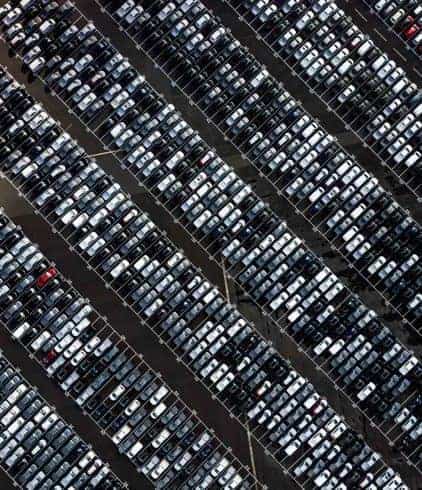
Shooting with a high photographic camera angle can emphasize or misconstrue the features of a human and brute discipline. Bodies often appear smaller, while the optics and peak of the head are magnified. As a result, subjects come beyond every bit demure, submissive, or weak in comparison to the viewer.
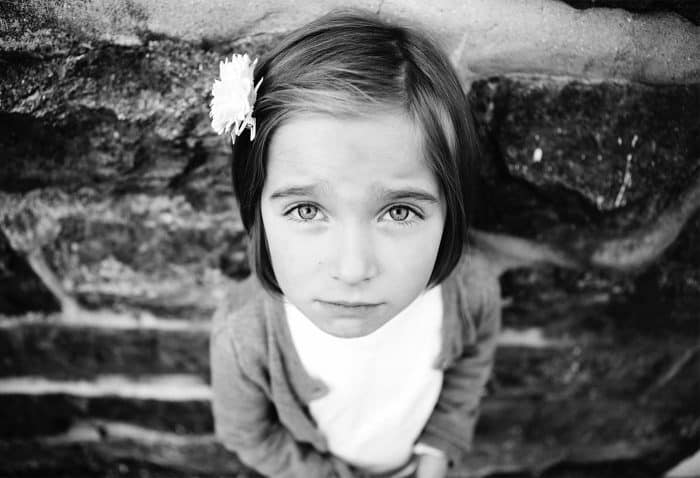
ii. Shooting from Beneath / Low Photographic camera Angles
Conversely, a low photographic camera angle tin can give subjects a powerful, imposing presence within a photograph. When looking from the ground upward, a person can seem "larger than life." Every bit a effect, shooting from a low bending tin can make a viewer feel vulnerable by forcing them to look up.
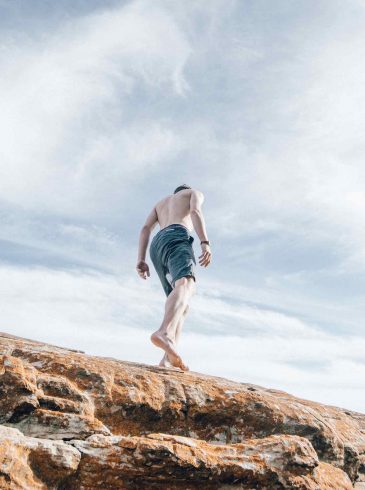
People aren't the only things that await big from a depression angle. Just about any object can be endowed with a sense of importance with the right perspective. Ofttimes, photographers apply depression photographic camera angles to emphasize the heights of copse or buildings.
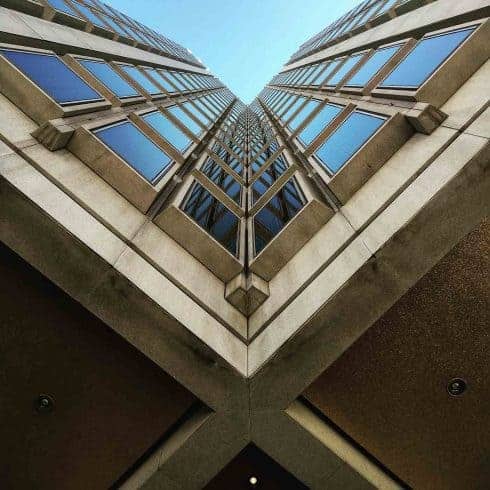
There are several technical reasons that prompt photographers to shoot from a low angle likewise. For instance, a portrait photographer might shoot at a very slight angle to make their subject area look more than "natural" by counteracting any squat appearance that might effect from lens distortion. A photographer in a busy environment might shoot upwards to isolate an object from the surrounding hustle and bustle.
3. Looking Directly On / Signal-of-View
Shooting from straight on is a very matter-of-fact way of approaching a photo. Something almost looking at a subject face-to-face/eye-to-heart feels very honest. Rather than being a fly on a wall, the viewer experiences the earth from the photographer'due south perspective.
Fifty-fifty a non-sentient subject, such equally a route, tin feel as though it's pointed directly towards y'all. In the lensman's shoes, you lot must collaborate with the composition head-on.
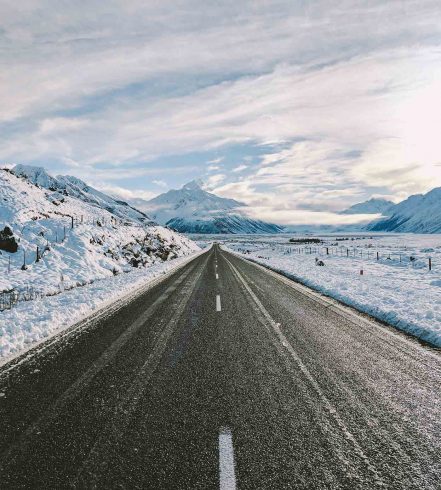
When photographing a person straight on, the subject can seem almost confrontational at times. When they aren't looking into the camera's lens, it can imply that something is happening simply beyond the frame, perchance right over the lensman'south shoulder. Even if your subject isn't looking direct into the lens, this perspective gives viewers the undeniable feeling that they are a part of the scene.
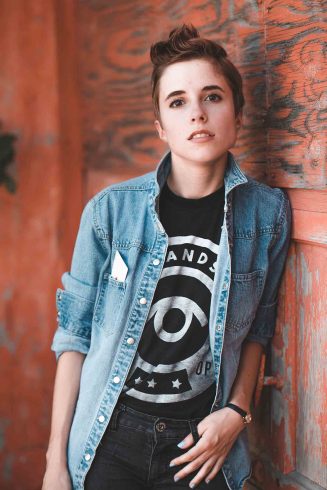
4. Working from the Side
Placing a field of study to the side turns viewers into voyeurs. As mentioned to a higher place, shooting from middle level makes it seem equally though nosotros are in the photograph itself. However, when the discipline is faced abroad from the camera entirely, it's easy to feel more than like an unseen observer than an active presence. The further the distance between the camera and subject field, the more the event is intensified.
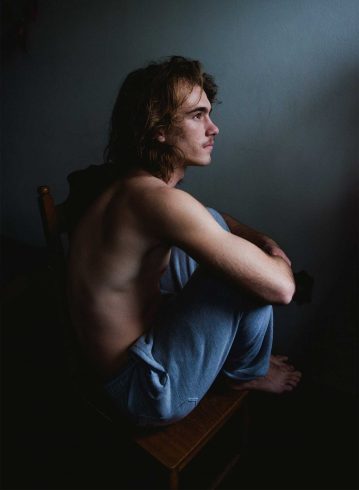
A side profile has a few subtle psychological implications. Viewers are forced to ask themselves whether they're existence undetected or intentionally ignored. When the eyes run across the camera's gaze (but the body is faced away), the subject may come off as being shy or off guard.
5. Wide Angle Views
Whatsoever wide epitome is going to provide the "bigger picture show" of a scene and create a sense of distance for viewers. These photographic camera angles put us in the position of an audience member. There are a few unlike wide bending shots that photographers and cinematographers may take advantage of.
Farthermost long shots are piece of cake to get lost inside of, as they'll capture incredibly expansive landscapes. Oftentimes, films volition use extreme long shots for opening, establishing scenes. These frames will make viewers feel small, and may even exist awe-inspiring.
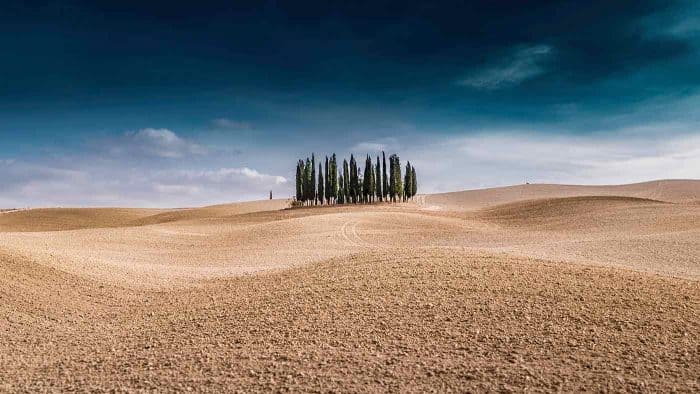
Straight long shots, on the other paw, will hone in on a more specific scene. Viewers will even so feel like observers. Notwithstanding, they'll get a closer look at where the activeness is happening. Rather than the cityscapes and mountain ranges of an extreme long shot, a direct long shot may stick to a street or a singular room.
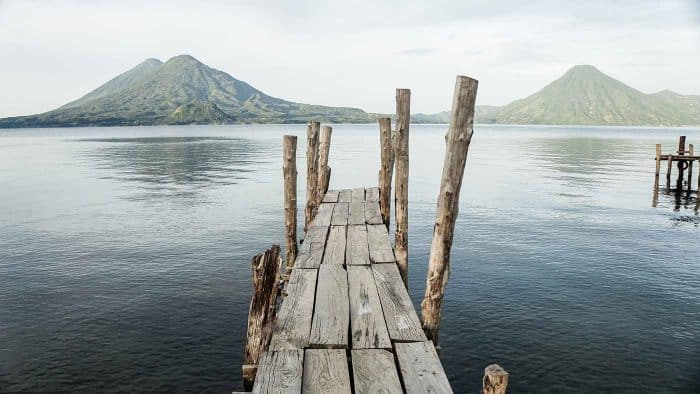
Staging camera angles are a special type of long shot, where subjects are present throughout the scene. As the name implies, information technology's helpful when composing these images to imagine viewing a stage. Different "players" act independently, but a unified setting brings everything together.
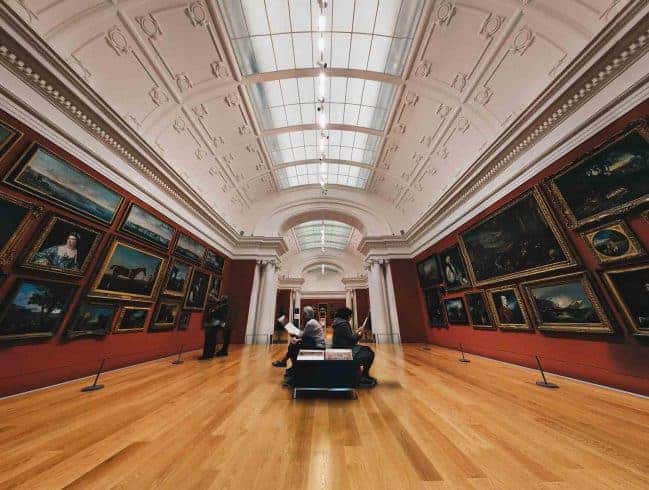
6. Close-up Shots
Close-upwards, macro shots are all about the most essential elements of a photograph. Rather than showing off a grand scene, these shots focus on details like texture, color, and line. They're intimate, inherently bringing us closer to the subject at mitt. When working with living subjects, they offer viewers a chance to connect. Only by concentrating on a small-scale piece, it's possible to find a window to a subject's personality or "essence".
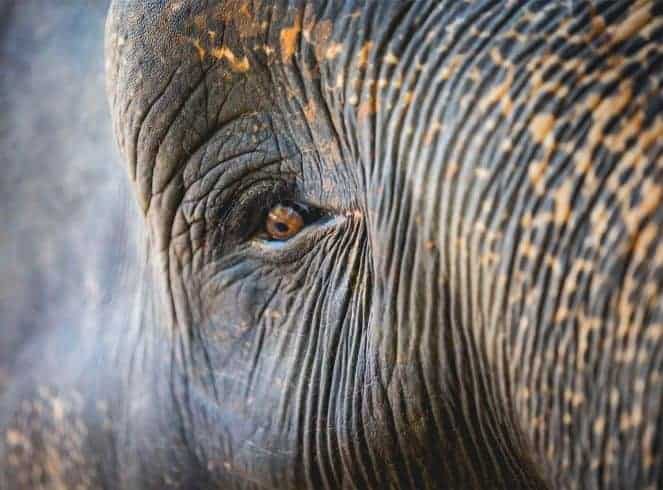
Even inanimate objects can seem more "live" when seen up close. The perspective amplifies every movement and feature. Macro photography tin can engulf a viewer in the aforementioned way a wide-angle view can. Often, the identity of what you're looking at becomes unclear, making it an splendid choice for abstruse photographers. The subject itself no longer becomes the priority of the photograph.
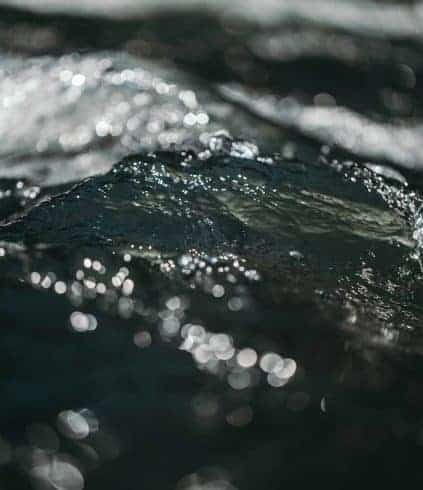
7. Tilted Angles
Also known as a Dutch angle, tilts were one time commonplace among advanced artists. They're fewer and farther between these days but can still accept a dynamic issue on a photo. We are used to experiencing the earth on the ground level. A slight tilt throws everything off balance and causes tension for viewers. Depending on which way an angle is facing, tilts can feel shine and natural or as if they're resisting gravity birthday.
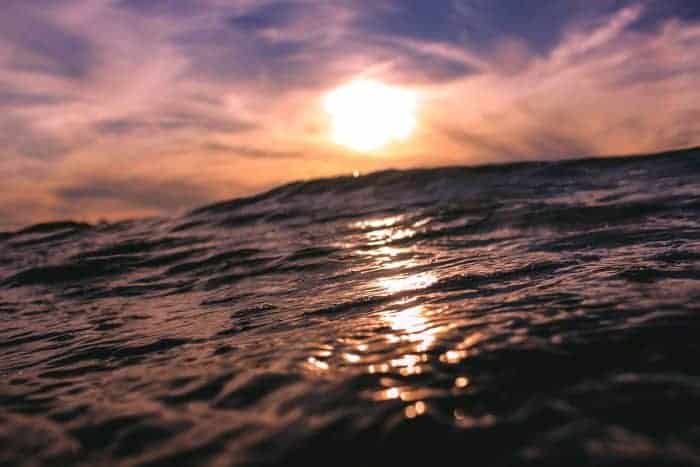
Tilts can exist difficult to pull off. Farthermost tilts oft seem absurd and over the top. Subtle tilts, on the other hand, run the risk of existence misattributed to a technical mistake. Withal, when the right residue is found, a tilt tin can conjure powerful emotions. Depending on the subject matter at paw, this angle tin convey danger or confusion and imply something ominous. On the other manus, a tilt can exist quirky and humorous when paired with a whimsical subject matter.
In that location's a time and a place for every perspective. When composing an image, it'due south important to consider what you would like to communicate with your audience. Photography doesn't have to be a straightforward, no-nonsense representation of a subject area. In just one image, information technology's possible to tell a nuanced story. Using photographic camera angles to your advantage just strengthens the narrative.
Source: https://www.photoworkout.com/camera-angles/
Posted by: swisherequat1983.blogspot.com

0 Response to "How To Angle Your Camera When Streaming To Look Smaller"
Post a Comment